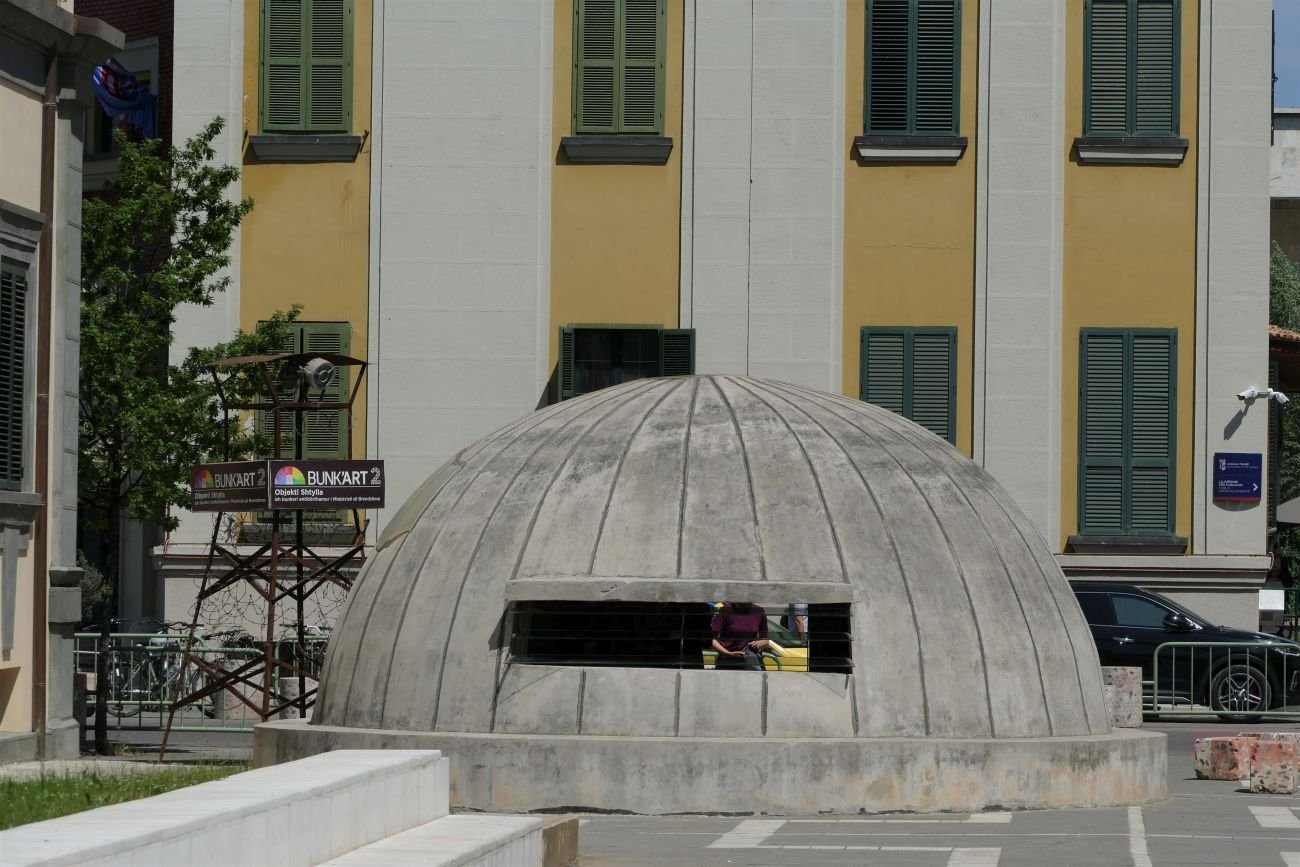Serendipity
Albania 3
All countries reveal quirky and unexpected glimpses of themselves to those who travel through or spend some time there. These glimpses can often be surprising, puzzling or amusing, but always revealing and sometimes challenging.
What follows is a pictorial tour through Albania through the medium of the quirky and the unexpected. And don’t worry - this is the last Albania blog!
Transport is certainly a mixed bag. Of course there are modern cars, motor bikes, taxis and buses. But push bikes (above and below) are still part of the psyche.
Agricultural transport can be pretty varied too.
Railways are struggling - but colourful.
In a country of rivers and lakes, ferries are important but idiosyncratic.
Below left: a rope ferry, connecting communities across an inlet; the fare is equivalent to a few pennies
Centre: the Lake Komani stopping service - a bus body on a boat’s hull
Right: the view from the Komani Lake vehicle ferry; part tourist boat, part freight lifeline; both uses are illustrated - just - in the bottom right hand corner of the photograph
Of course, where there is water, there are also bridges. These are a long standing feature of the Albanian landscape but design, function, size and materials vary dramatically. The photograph (left) is the best image we could get of the Roman bridge and aqueduct which crossed the Vivari Channel and linked Roman Buthrotum (now Albanian Butrint) with the Straits of Corfu.
The subsquent Ottoman bridges are one of the great symbols of Albania, adorning the landscape, and all Albanian guide books, with their simplicity, curvature - and unexplained items of metal work.
More recent bridges are of a less curvaceous form of engineering, with a metal superstructure and stone buttresses.
Below left and centre: this one features hardware from Middlesborough (M ˑ BRO), and
Below right: some dodgy timber planking on a bridge to a former mill.
Both are slightly scary, in their own way, crossing narrow gorges of foaming mountain waters - very much a feature of Albania.
Many railway bridges are similarly meccano like (nearer bridge, below left) but what appear at first glance as modern road bridges, do reveal more historic supporting structures (below left and right). We don’t think the Ottomans went in for fancy metal balustrades.
This is the Balkans and the concept of nationalism is never far from the surface. The Luftetari Kombetar or national fighter is remembered and memorialised in many statues around Albania. These representations are sometimes war like in stance but many stand in a more watchful pose, garlanded with ammunition, shod in traditional Albanian footwear and appearing surprisingly well built. Malnutrition or even a lithe, lean look does not seem to be part of the sculptors’ lexicon.
Sadly, the most obvious, physical, memorial to the Cold War years seems to be a collection of concrete ‘mushrooms’, actually the outward manifestation of a system of underground bunkers sufficient, apparently, to give shelter to every Albanian man, woman and child, should the nuclear threat become a reality.
The bunker below this ‘mushroom’ (left) has been converted into a museum charting the history of the Albanian police force. It starts innocently enough with the story of the 1920s, Dutch trained, Gendarmerie but all too soon progresses to the far darker and scarier repressive years from 1944 to 1991.
Religion was banned, and faith leaders persecuted, during the Communist dictatorship. “In 1976, the Party of Labour even declared Albania to be the first atheist country in the world, putting a ban on religious belief in the constitution and imposing punishments for participating in religious ceremonies and possessing religious books” (https://balkaninsight.com/2019/08/28/how-albania-became-the-worlds-first-atheist-country). Mr G, our guide, described it as a complete vacuum in scoiety, with religious buildings demolished or repurposed, and two generations brought up with no faith or spiritual related input. In the 21st century, we found a very relaxed approach to religion throughout Albania. The population is a mix of Muslim (mainly but not exclusively Sunni) with a significant minority of Christians (Catholic and Orthodix). Nearly 10% identify as either atheists or of no religion.
As tourists we didn’t see many shops. Even tourist shops were hard to find, which was actually quite a relief. But spot the upmarket bric-a-brac shop, below!
Albanian craft products are also hard to find. Albanian carpets, fabrics and embroidery are a feast for the eyes, but shopping is challenging if you don’t want red or white! Silver filgree work is also making a modest comeback.
Of course, any journey will ‘throw up’ some linguistic jokes.
But here are our favourite quirky insights into Albania.
In third place, an early encounter with a restaurant toilet door. Such an attractive and homely welcome.
In second place: a traditional Albanian broom - and yes, it’s made out of a broom plant, in flower too.
First place:
this is what Albania is all about - good coffee, good beer, and a very warm welcome






















































